As oral‐care devices evolve, ensuring child compatibility while addressing cold light sensitivity poses a unique challenge: devices must be gentle enough for young users yet powerful enough for effective phototherapy without triggering discomfort or tissue irritation. In this post, we’ll explore six key factors that B2B partners should consider when designing child-friendly, cold-light-based oral-care solutions.
Children’s teeth and gums are still developing and therefore require extra protection:
Child compatibility is not just a feature—it’s a safety imperative.
Cold light (typically 400–420 nm) is effective for whitening and disinfection but can cause cold light sensitivity if misapplied:
Balancing power output and exposure time is essential to minimize these risks.Company web: https://www.powsmart.com/product/electric-toothbrush/
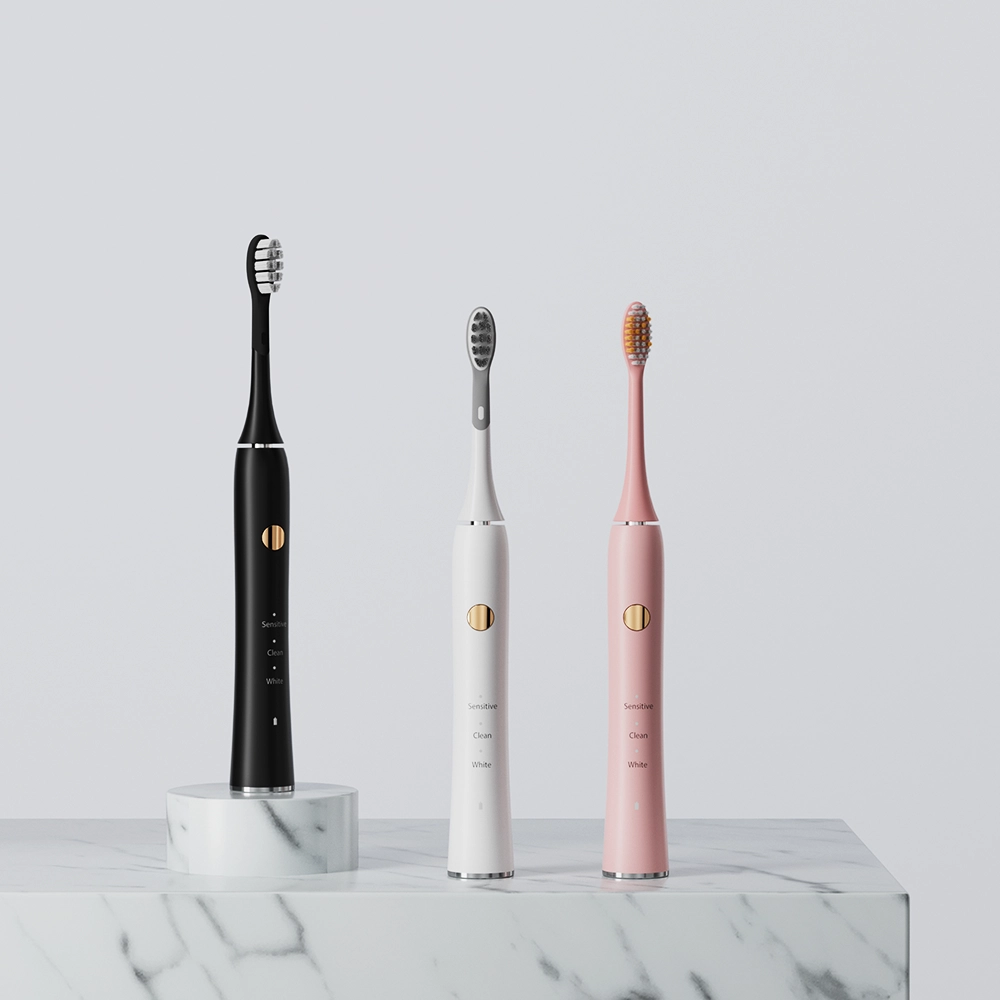
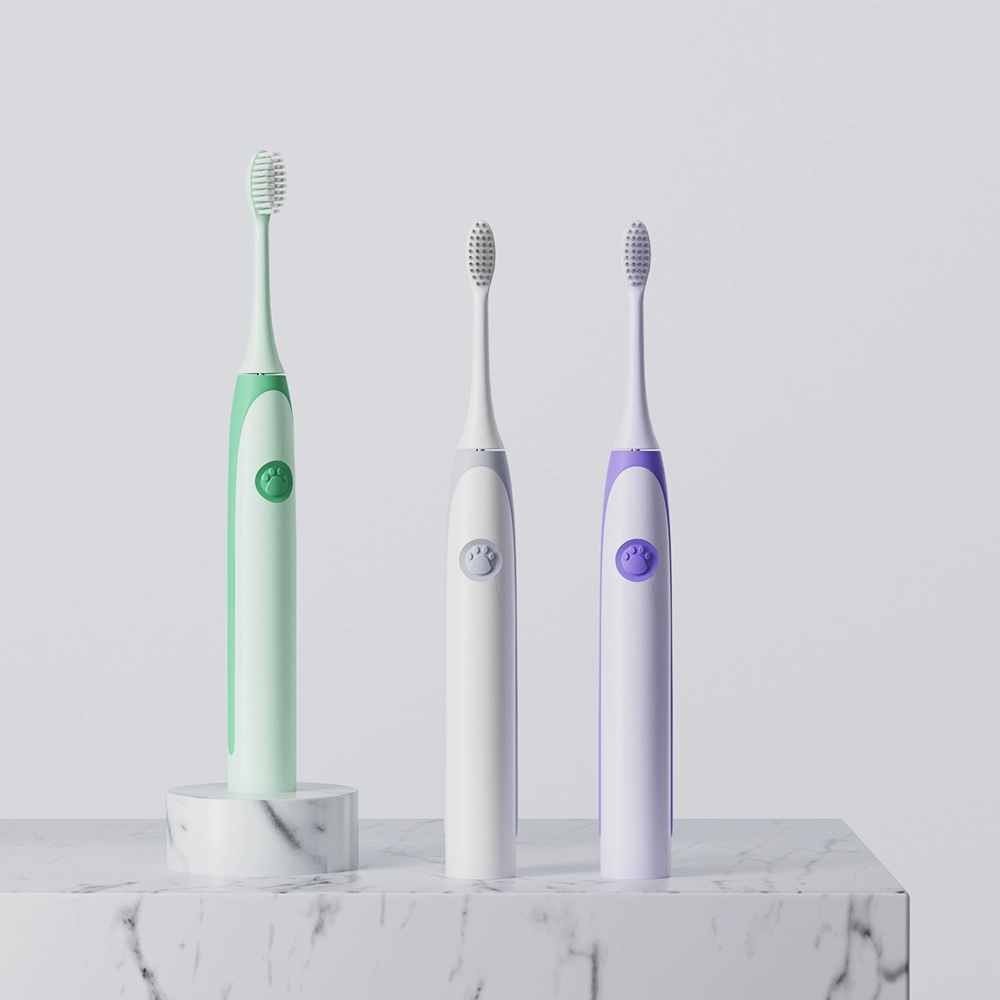
To reduce sensitivity, combine optical and mechanical controls:
This integrated approach soothes young users while maintaining efficacy.
Robust validation ensures both child safety and cold-light performance:
Thorough testing builds confidence for both B2B partners and end users.
Proper instruction is vital to safe, effective use:
Comprehensive guidance ensures every treatment stays within safe, comfortable limits.
Looking ahead, manufacturers can further enhance pediatric safety and comfort:
By embracing these innovations, B2B partners will lead the market in safe, child-friendly cold-light oral-care devices.
Conclusion
Achieving true child compatibility while mitigating cold light sensitivity requires a holistic approach: judicious power control, integrated cooling, rigorous testing, clear user guidance, and ongoing innovation. B2B manufacturers who master these elements can deliver pediatric oral-care solutions that are both safe and effective. For collaboration on child-safe cold-light device design, please contact our technical team!
Why Does Whitening Efficacy Decline Trigger Pulse Intensity Spikes?

Improvement Record of Waterproof Defect of Water Flossers and the Latest Technical Solutions
Luxury Gold Plated Electric Toothbrush Wedding Gift Surat
Short Battery Life and Motor Overheating in Electric Toothbrushes: How to Enhance Durability?
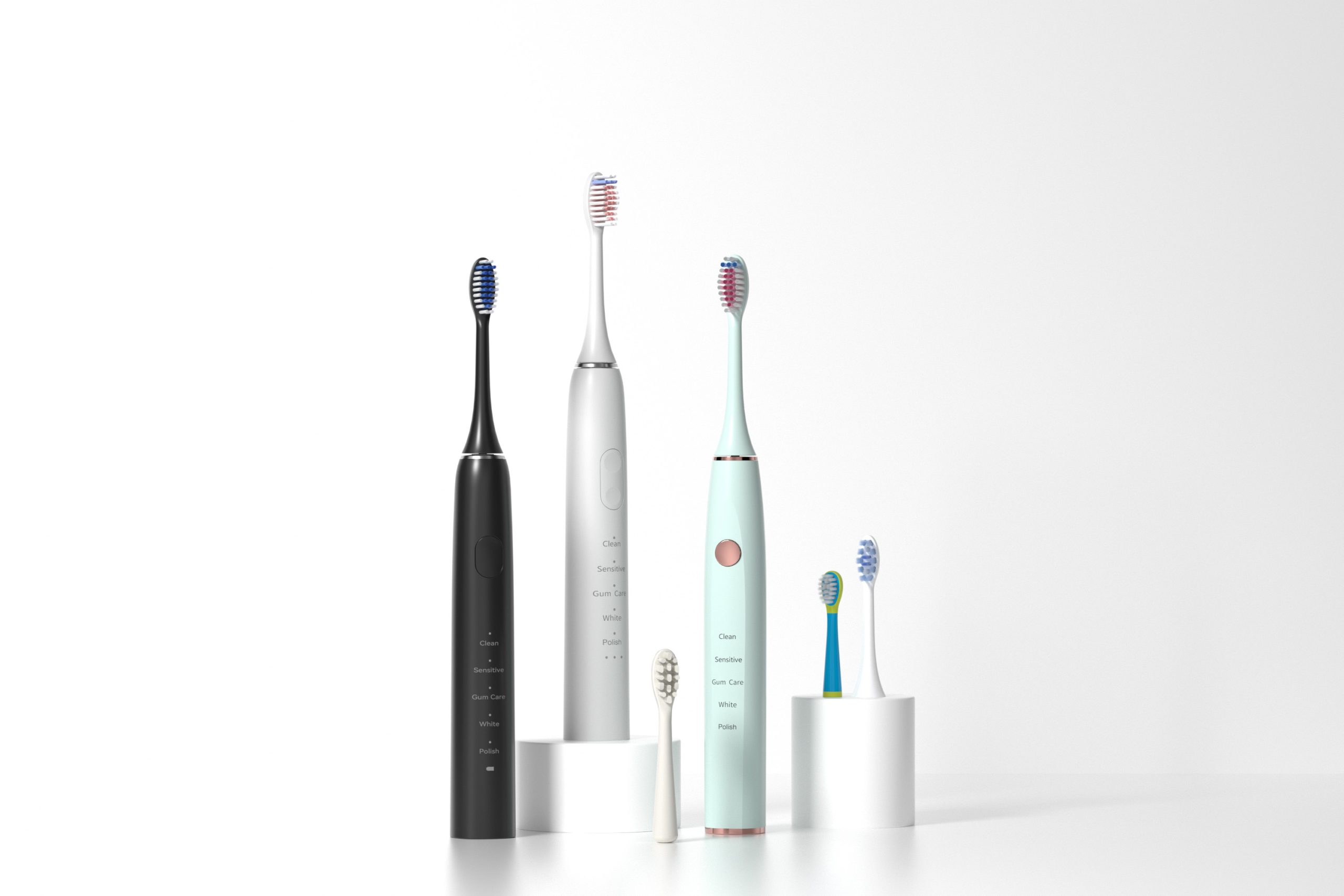
How a Seattle sustainable toothbrush meets the Seattle tech toothbrush

Cutting-edge tech makes us apart from other electric toothbrush manufacturers
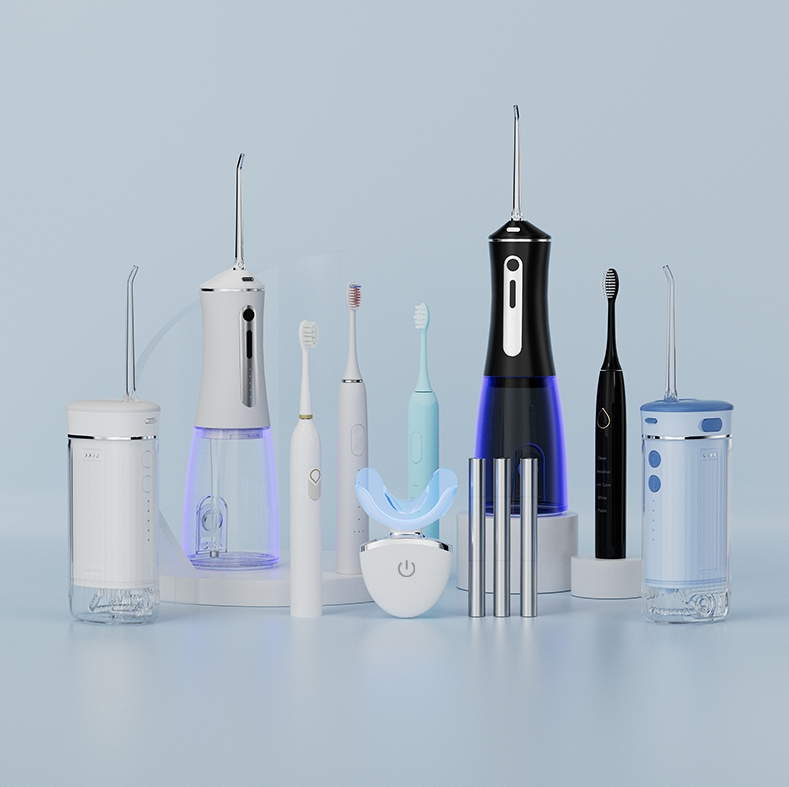
Electric Toothbrush Industry Report 2025: Growth Opportunities and Competition Analysis
How Does Maintenance Difficulty Worsen Enamel Weakness?
.jpg)
Benefits of Travel-Friendly Water Flosser Design
Why Do Pediatric Warnings Address Bleach Residuals?
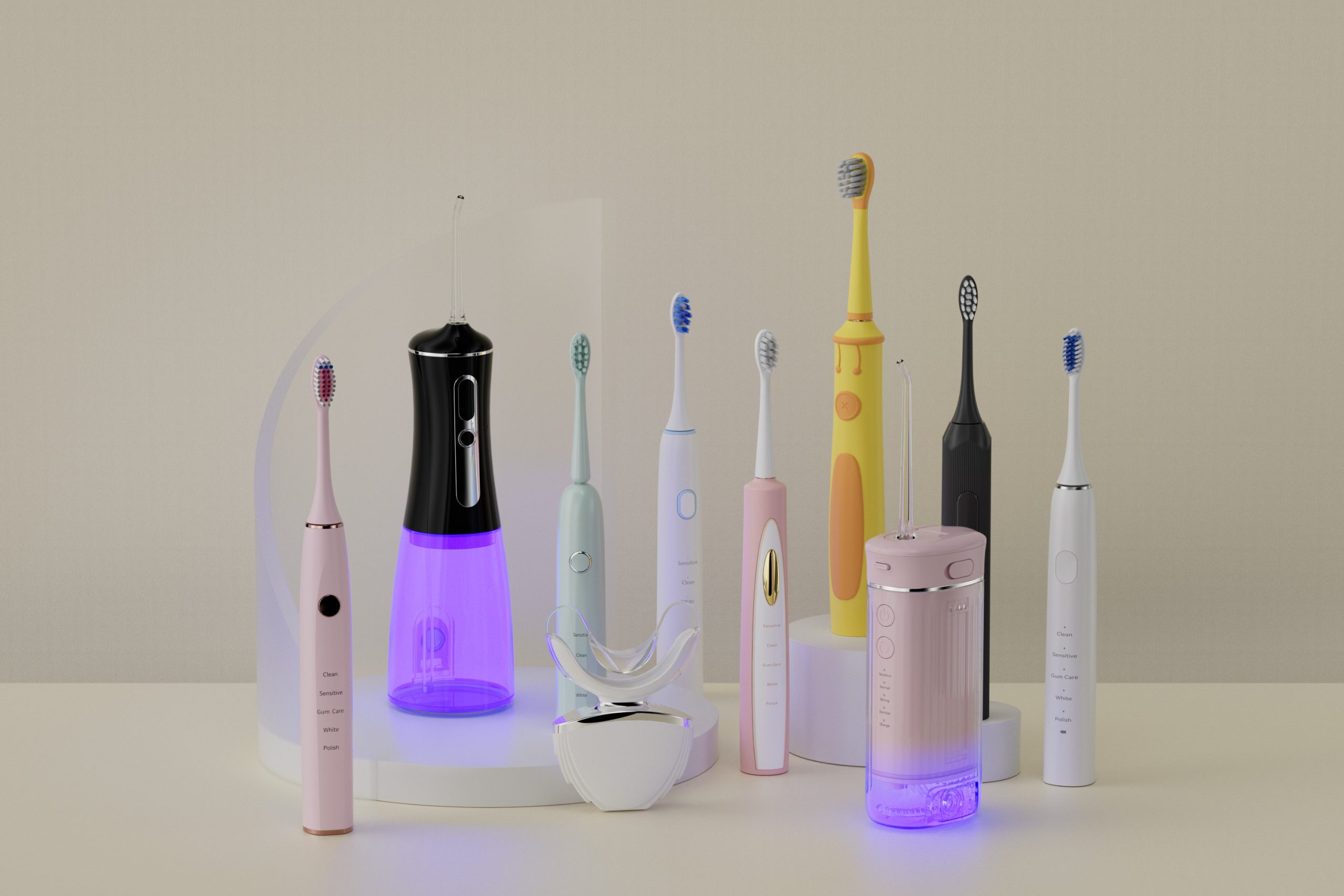
Oral Care Industry: How to Expand the Global Market?
Vibration Frequency Impact on Post-Treatment Sensitivity?
Crown Compatibility with Pressure Sensors Tech?
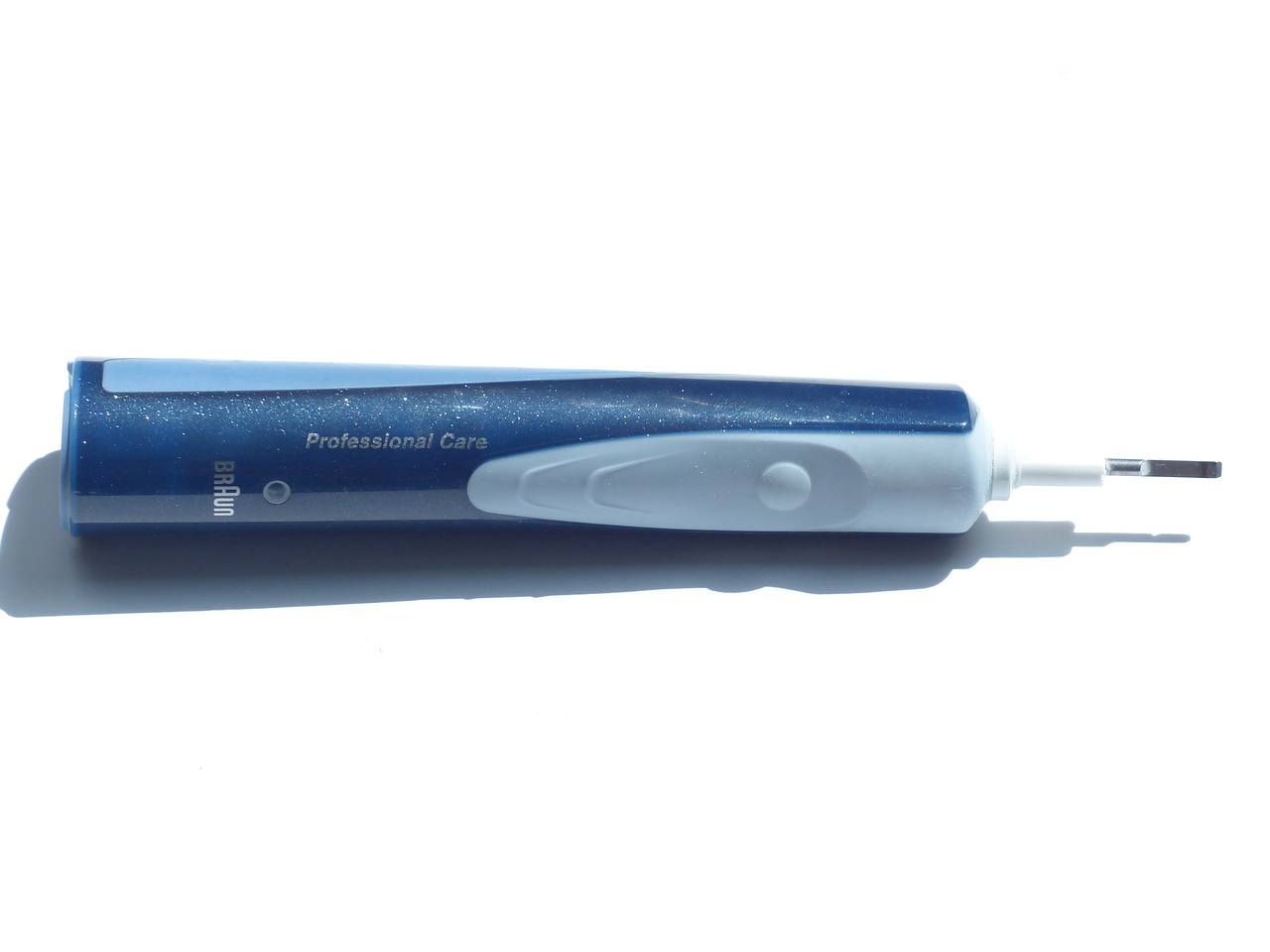
7 Reasons to Start Your Electric Toothbrush Business in 2023
How to Fix LCD Glitches and Sensor Errors?
Gentle Electric Toothbrush for Sensitive Aging Gums
.jpg)
Florida Electric Toothbrush – Powsmart PTR-C8

electric toothbrush heads Charcoal Infuse-Round

electric toothbrush heads Regular Clean

electric toothbrush heads Deep Clean

Electric toothbrush heads Charcoal Infused-Diamond

Customization Teeth Whitening Gel

Private Label Whitening Gel

electric toothbrush heads Ultra Soft
whstapp
whstapp
National Toll-Free Service Hotline
+86 755 86238638